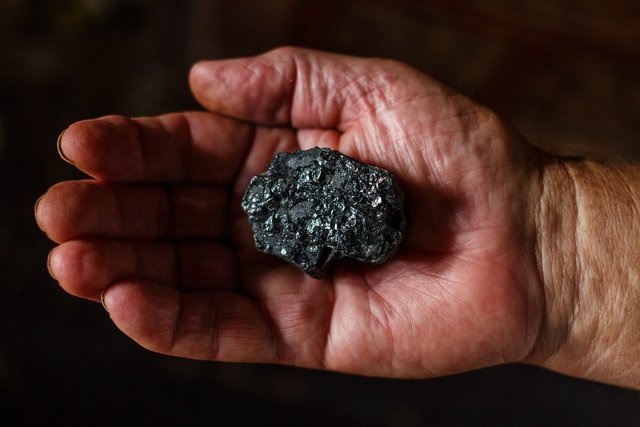Making Nano-Graphite In Microwaves
Coal is old news. But there are still many coal mines around the world. A new, simple, and relatively cheap process allows us to make valuable nano-graphite from the carbon hidden in those mines.

Image by Pavlofox from Pixabay
- Be also sure to check out my other posts and follow me @kralizec and subscribe to my Youtube channel at Kralizec Gaming Youtube Channel
Mining coal is not exactly environmentally friendly. Nonetheless, many areas have large infrastructure built around mining and processing coal that is getting harder and harder to sell. This leads to economical and social pressures. Thus, it would be nice if we could find a better, more modern way to use coal other than just burning it.
All of the above is also true for the American area Powder Risen Basin in Southeast Montana and Northeast Wyoming. About 40 % of all the coal used in the United States of America comes from there. So, it’s no surprise that Te Yu Chien from the University of Wyoming and his team are working hard on finding alternative uses for coal.
Recently, they came up with a simple and relatively cheap process consisting of a single step that allows them to create nano-graphite. This is graphite made from nano-particles from coal dust. To achieve this, they used glass containers, copper foil, and a very common household item – a microwave oven. Nowadays, nano-graphite is used in lubricants and many other technologies such as fire extinguishers or lithium-ion batteries.
The new method allows us to use the large and even somewhat redundant amount of coal to use a material we actually want to have in a way that would be economical and even environmentally friendly.
Previous research showed that using a microwave oven can remove the moisture from the coal as well as remove the sulfur, and other undesirable minerals. But previous processes usually required very specific chemical treatment of the coal making the process substantially more complicated.
Chien’s team simply took the coal mined from a mine in the Powder River Basin and made it into fine dust. The coal dust was then put into a copper foil and enclosed in glass containers with a mixture of argon and oxygen. These containers were then placed into a common microwave oven. The only other thing they really did was to put the copper foil into a shape of a fork because that would lead to the creation of extremely hot sparks. These sparks had a temperature of around 1,000° Celsius.
The hot sparks, copper foil, and gaseous hydrogen caused the coal dust to turn into polycrystalic nano-graphite. The optical cooking time was 15 minutes. The researchers are convinced that their process can be used on large scales and create large amounts of high-quality nano-graphite.
Sources:
*https://www.sciencedirect.com/science/article/pii/S2352507X20301281
- If you like the content I’m producing about science maybe you will like the content I produce about gaming as well! Be sure to check out my other posts!